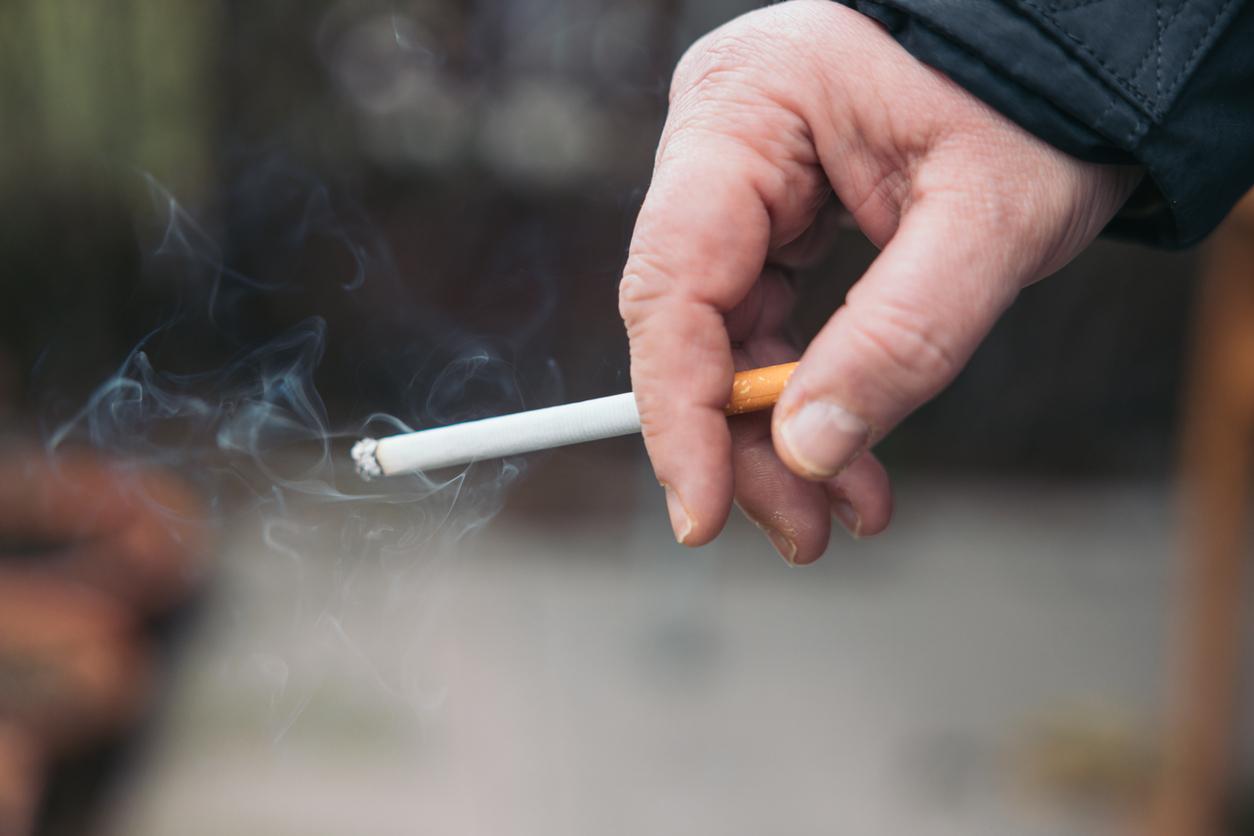The link between active smoking and the risk of developing rheumatoid arthritis seems confirmed, according to the results of a study presented in European Congress of Rheumatology, EULAR 2017 which also states that exposure to tobacco early in life by the passive smoking greatly increases this risk. RA is the chronic inflammatory joint disease affecting approximately 0.5-1% of the population and resulting in progressive joint destruction, disability and reduced life expectancy.
To analyze the impact of active and passive smoking on the risk of developing a rheumatoid arthritis (PR), a large population of women born between 1925 and 1950 has been followed prospectively since 1990. The researchers studied the medical data of 70,598 women, on average aged 49 years, followed for more than 20 years, of whom 1239 were developed rheumatoid arthritis, including 350 smokers and 280 exposed to passive smoking in childhood.
The results of the study showed that exposure to second-hand smoke in childhood increases the risk of RA in adulthood.
Even passive smoking destroys the joints
In fact, among smokers who have been forced to use passive smoking in childhood, the risk is increased by 73% compared to non-smokers not exposed to child tobacco.
The researchers observed that in smokers who did not experience passive smoking in childhood, the risk was increased by 37% compared to non-smokers not exposed in childhood.
“Our study highlights the importance of avoiding any smoking environment in children, especially those with a family history of RA,” said lead author Professor Raphaèle Seror, University Hospitals South of Paris , in France.
“The smoking is a major risk factor not only for disease susceptibility but also for disease severity in patients with RA or ankylosing spondylitis »Conclude the authors. A reminder message also for rheumatologists who must encourage their patients to stop smoking.
Read also:
Global smoking costs $ 1,436 billion
Infographic: 10 years of tobacco control
Passive smoking: it kills 1 in 100 people
















